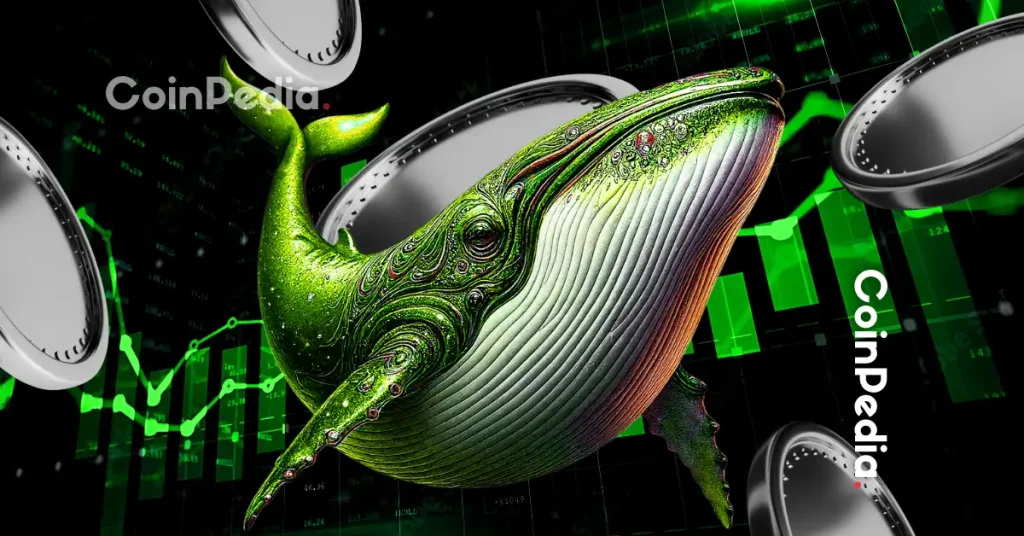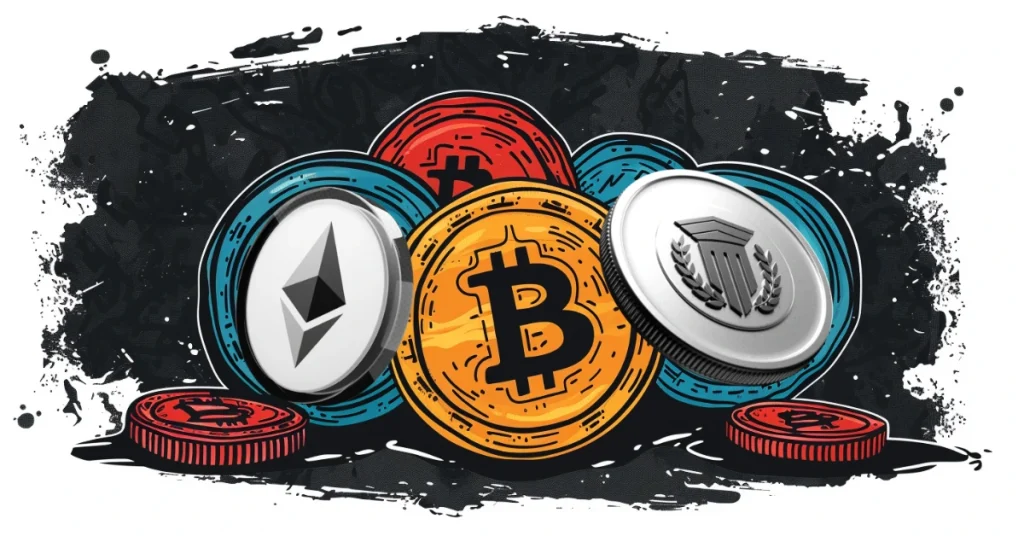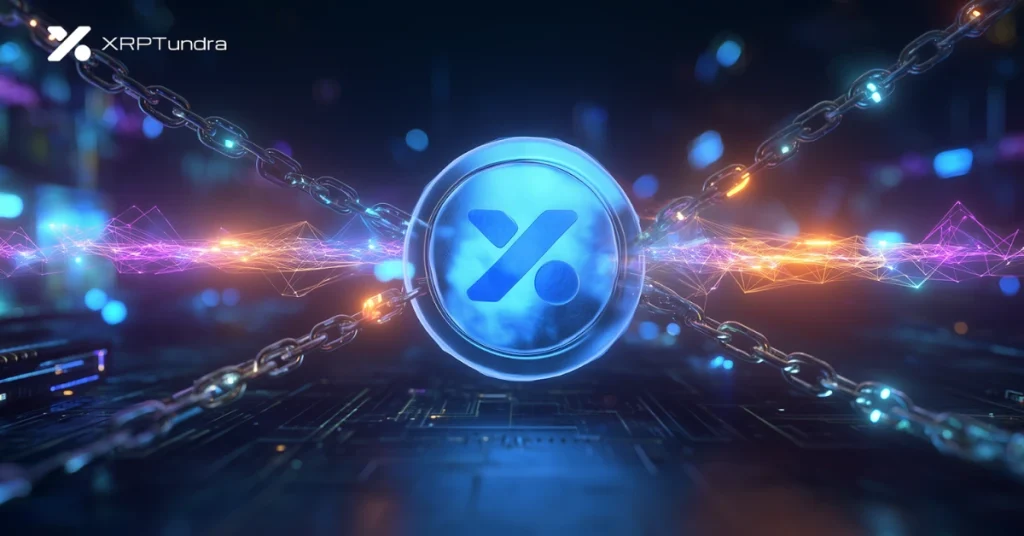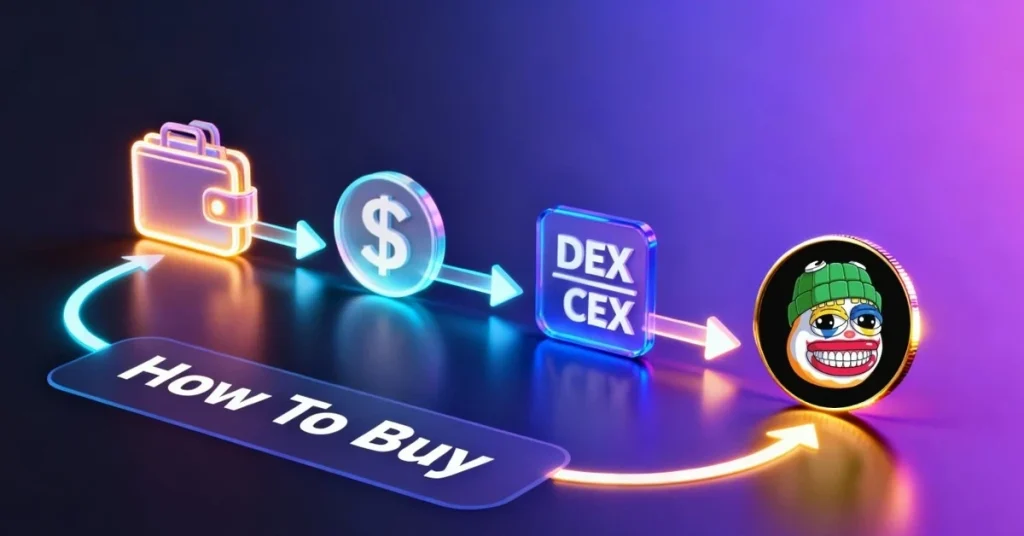Bitcoin’s latest cycle has delivered exactly what many long-term holders were waiting for: a new all-time high above $126,000 followed by a sharp reset. Recent data shows BTC has fallen more than 20% from its October peak, with price action oscillating around the psychologically important $100,000 level as sentiment normalizes.
For analysts who treat Bitcoin as a macro asset rather than a trading toy, that combination of realized gains and renewed volatility has reopened the question of where fresh capital should go next. Increasingly, research desks and independent commentators are looking beyond BTC itself toward yield-bearing, audited ecosystems such as XRP Tundra that can convert profits into structured, chain-level cashflow.
Bitcoin’s Rally Resets the “Best Crypto to Buy Now” Discussion
In October, Bitcoin’s move through the $126,000 mark was driven by spot ETF inflows, high conviction from institutional buyers and a still-accommodative macro backdrop. That momentum reversed quickly when a liquidation wave and shifting interest-rate expectations pushed BTC more than 20% off the highs, briefly taking it below $100,000 before a modest recovery.

The current environment reflects a period where many holders are securing gains while the market resets after October’s peak. Reports from major research outlets show 2025 BTC targets clustered between roughly $120,000 and $200,000, indicating that upside remains but is less asymmetrical than it was before this year’s breakout. That is leading some analysts to frame Bitcoin as the “engine” that generates gains, and yield-oriented DeFi projects as the destination where those gains are put to work.
Within that framework, XRP Tundra is appearing on several “best cryptos to buy now” shortlists because analysts view its dual-chain architecture, presale economics and future yield design as fundamentally different from short-term speculative plays.
Why Analysts Funnel Realized Bitcoin Gains Into Yield-Based DeFi
The thematic rotation out of pure beta and into structured yield has been building across this cycle. Commentators on channels such as Token Empire, which recently profiled the project in a detailed breakdown of XRPL DeFi opportunities, have highlighted a simple reality: realized Bitcoin profits can either sit idle in wallets or be reallocated into audited protocols with defined APY ranges and transparent tokenomics.
XRP Tundra’s pitch to that audience is straightforward. The ecosystem is built around two interoperable tokens — TUNDRA-S on Solana and TUNDRA-X on XRPL — with confirmed listing prices of $2.50 and $1.25 respectively. In the current Phase 11 of the presale, TUNDRA-S is offered at $0.183 with a 9% token bonus, while TUNDRA-X carries a reference value of $0.0915 and is allocated free alongside every purchase. More than $2.5 million has already been raised, with over $32,000 distributed through Arctic Spinner rewards, signalling sustained demand rather than a short-lived spike.
Crucially, analysts interested in income rather than speculation focus on what those tokens will do post-launch. TUNDRA-S is designed as the primary utility and yield asset on Solana, while TUNDRA-X anchors governance and reserve functions on XRPL. The presale structure allows participants exiting profitable Bitcoin positions to acquire both roles in the ecosystem with a single transaction, at a clear discount to the confirmed listing prices.
Inside XRP Tundra’s Dual-Token Presale, Staking Access and Burn Timeline
The presale for XRP Tundra is scheduled to run until 12 January 2026, or until all allocated tokens are sold. Any unsold allocation at that point will be permanently burned, locking in the final supply and removing any scope for a later expansion of the token base.
Presale participation does more than lock in a price spread between $0.183 and the $2.50 listing level for TUNDRA-S. It also secures access to Cryo Vault staking once it goes live. The team has already outlined a three-tier structure: Liquid Staking for active traders, with projected returns in the 4–6% APY range and no lock-up; Balanced Staking, built around 30-day commitments with indicative yields of 8–12% APY; and Premium Staking, which targets long-term believers through 90-day commitments with 15–20% APY. Minimum thresholds scale from 100 to 1,000 TUNDRA-S across these tiers.

Alongside TUNDRA-S staking, the broader design of Cryo Vaults is intended to let XRP holders stake native XRP via Frost Keys, with upper-band yields projected up to 20% APY once the system is fully deployed. For now, staking is not yet live; presale buyers are essentially reserving future access to those structures rather than earning yield immediately. That distinction has been emphasized repeatedly in the project’s documentation and is a core part of the calm, risk-aware messaging around the ecosystem.
Verification, Airdrop Mechanics and Wallet Rules for Serious Participants
As capital rotates out of Bitcoin, verification has become a non-negotiable filter. XRP Tundra has gone through multiple layers of due diligence, including smart-contract audits by Cyberscope, Solidproof and FreshCoins, as well as KYC verification through Vital Block for the core team. Anyone searching is XRP Tundra legit is directed to a consolidated breakdown of these materials, which many professional investors treat as a starting point rather than an optional extra.
Launch logistics mirror that emphasis on structure. On launch day, presale participants receive an automatic dual airdrop: TUNDRA-S to their Solana wallet and TUNDRA-X to their XRPL wallet, with no separate claiming transaction, no gas cost for the distribution itself and no manual interaction required. Distribution is scheduled to complete exactly one hour before trading opens on Meteora for TUNDRA-S and on Sologenic for TUNDRA-X, so that all holders are in position before liquidity goes live.
The non-negotiable condition is that each participant must register valid non-custodial Solana and XRPL addresses in their XRP Tundra account ahead of launch. Exchange deposit addresses from platforms such as Binance or Coinbase are explicitly prohibited. Tokens sent to invalid or custodial addresses cannot be recovered, and the team has been clear that there will be no manual rescue procedures. In practice, that has pushed many users toward wallets like Phantom for Solana and XUMM for XRPL, with the project encouraging small test transactions in SOL and XRP well before launch day.
Where XRP Tundra Sits on Analysts’ Shortlists Today
Market analysts looking for practical destinations for recent Bitcoin gains are anchoring their attention on projects with measurable mechanics and predictable launch structures. XRP Tundra fits into that view because the presale establishes clear pricing, defines how both tokens will enter circulation and outlines the conditions for future yield once Cryo Vaults open. The combination of dual-chain architecture, fixed listing levels and a transparent airdrop process has made the project a recurring point of reference in recent research coverage.
Phase 11 gives participants access to both tokens ahead of their market debut, while the documented audit and KYC framework reduces the uncertainty that often surrounds early DeFi ecosystems. The upcoming deadlines — from wallet submission requirements to the January 2026 burn of any unsold supply — add concrete milestones that analysts can model when assessing long-term viability. These elements explain why XRP Tundra continues to appear in analyst notes as a structured option for capital being moved out of this cycle’s Bitcoin profits and into ecosystems built around verifiable utility and defined timelines.

Secure your Phase 11 allocation and follow verified updates as listing approaches.
Buy Tundra Now: official XRP Tundra website
How To Buy Tundra: step-by-step buying guide
Security and Trust: Cyberscope audit
Join The Community: X (Twitter)
















 English (US)
English (US)